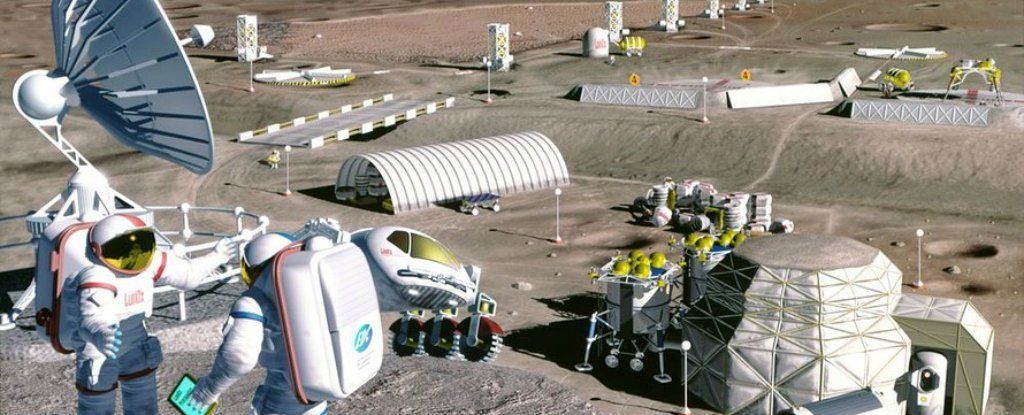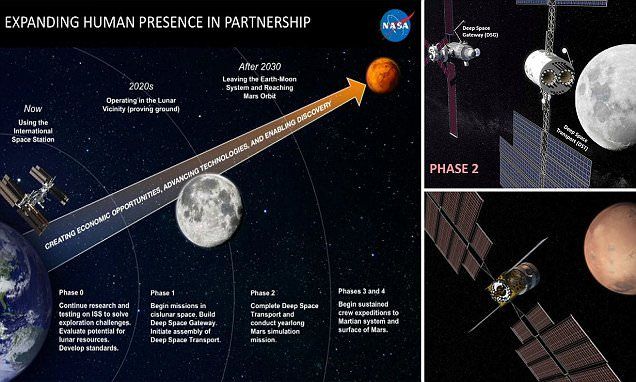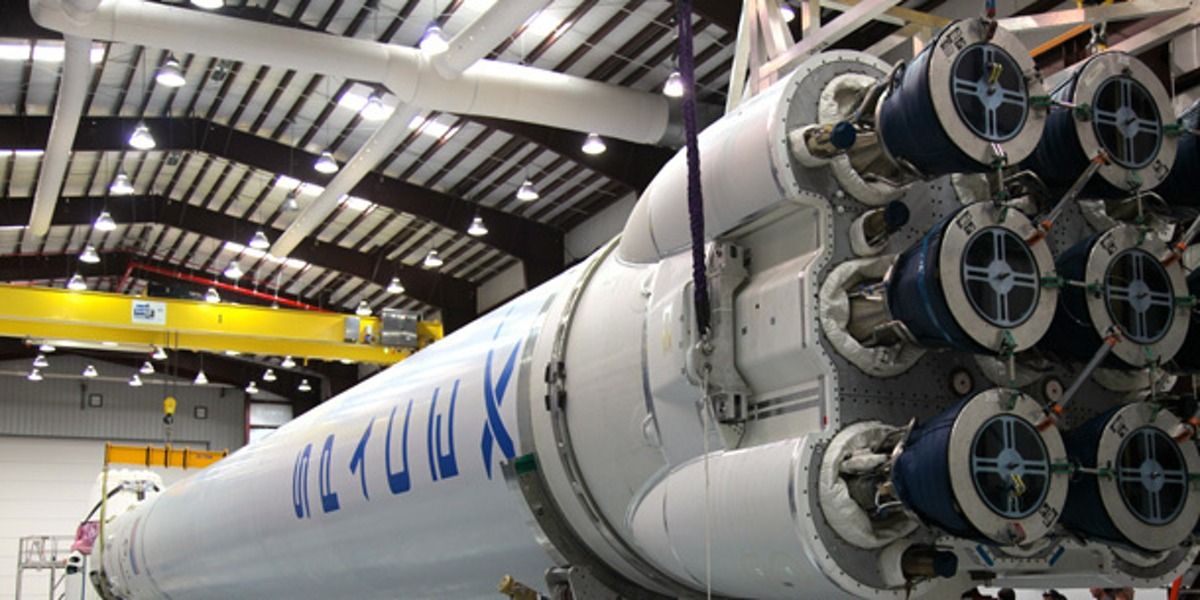During a chat with students at Seattle’s Museum of Flight, the billionaire founder of Amazon and Blue Origin discusses how to build a permanent human settlement on the moon. Get the full story on GeekWire: https://www.geekwire.com/2017/jeff-bezos-blue-origin-moon/
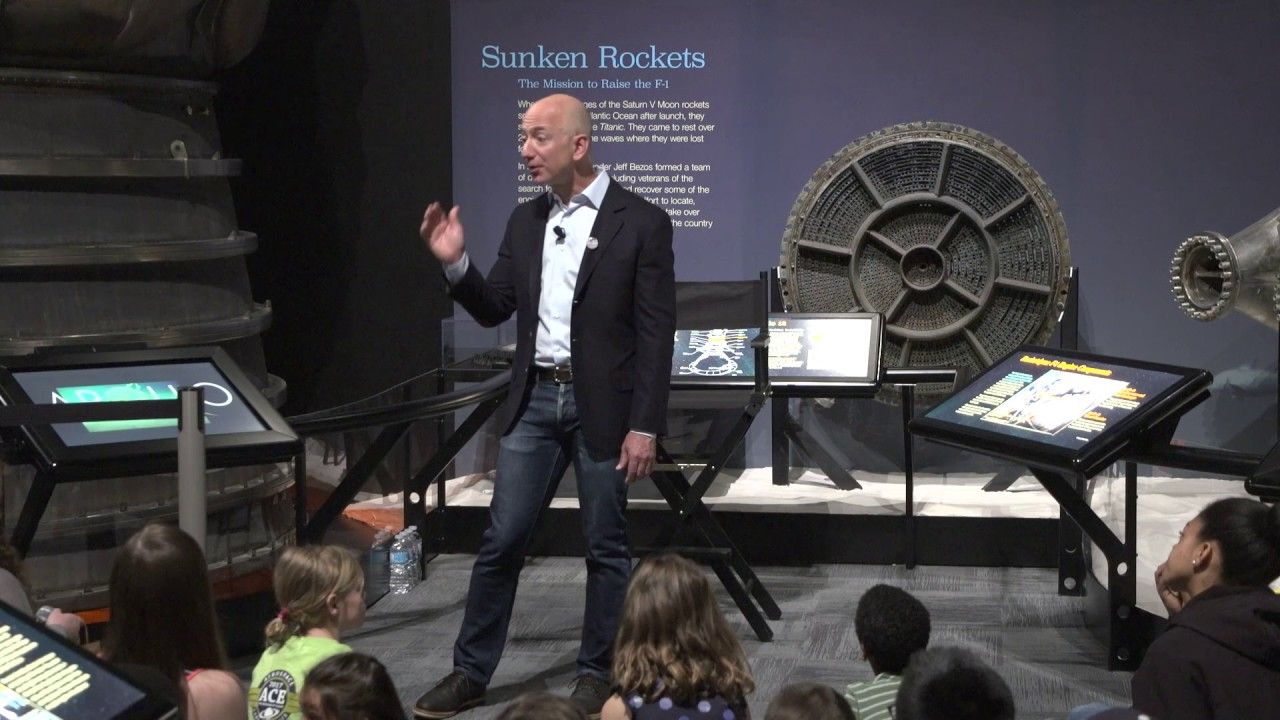
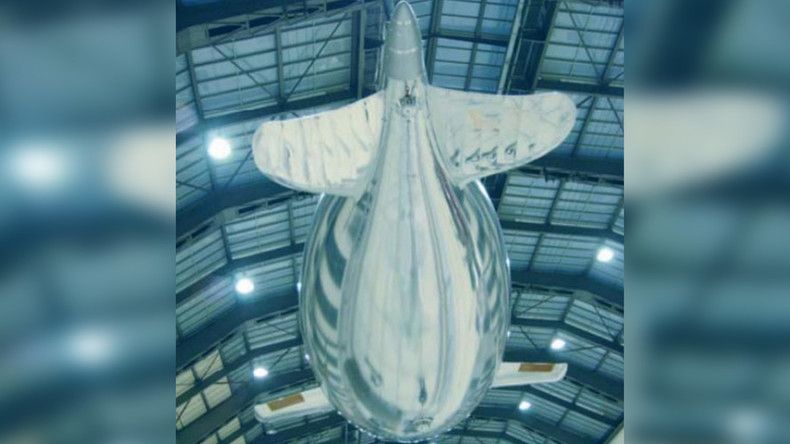


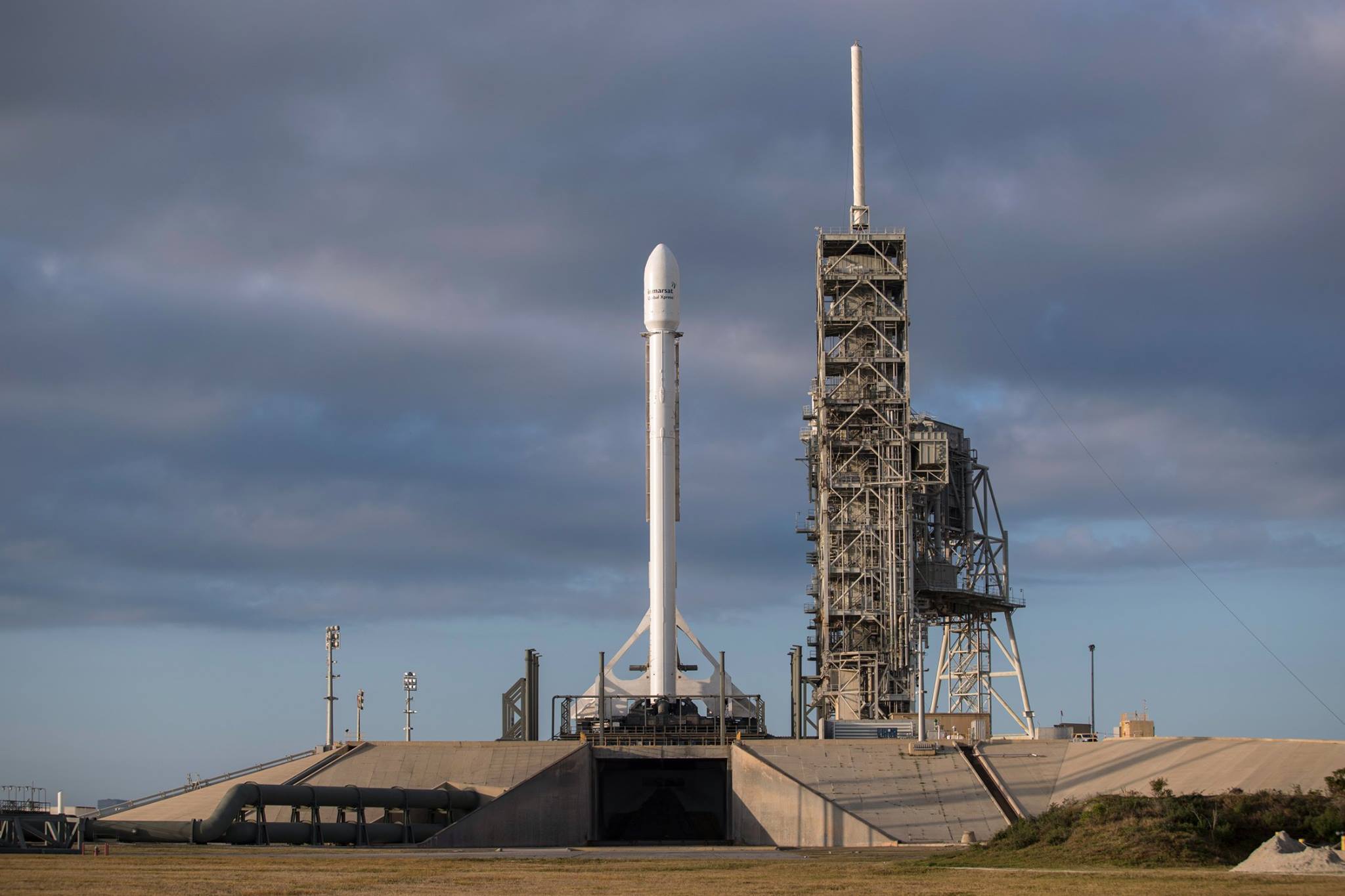
 has been raised to launch position and we are go for #I5F4 lift-off at 19:20 EDT/00:20 BST today! Watch all the live action here: http://www.inmarsat.com/i5f4/
has been raised to launch position and we are go for #I5F4 lift-off at 19:20 EDT/00:20 BST today! Watch all the live action here: http://www.inmarsat.com/i5f4/

